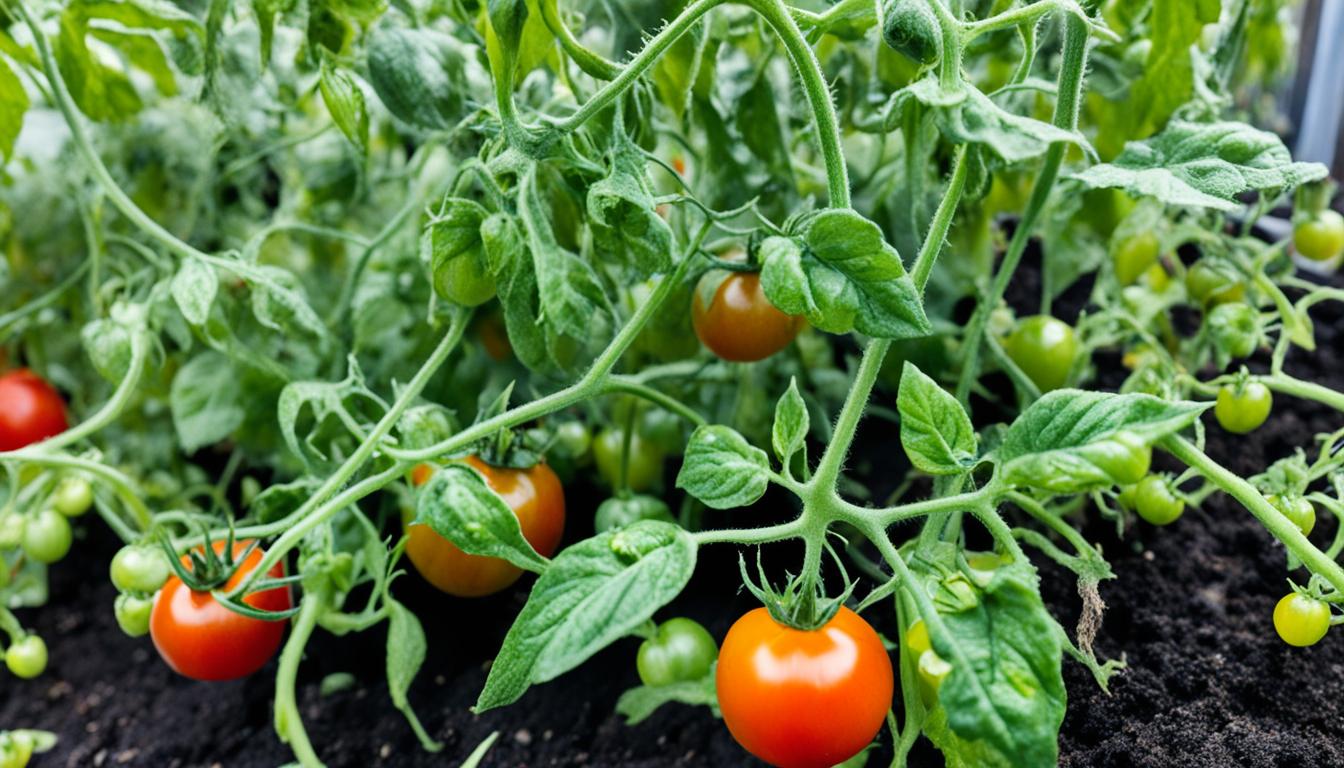Understanding Soil Test Results: 7 Key Insights for Your Garden

Have you ever wondered what’s hiding in your garden’s soil? The secret to making your plants thrive lies in your soil test results . What can we learn from a simple soil analysis about our garden’s health and nutrient needs? Today, we’ll explore 7 major findings that can change how you garden. Why Soil Testing is Crucial Garden soil testing helps you use the right amount of fertilizer, making sure your plants get what they need. 3 Soil tests show what nutrients your plants lack. If your plants look sick, the test can tell you why. This testing is key to growing better crops, keeping the environment safe, and spending wisely on fertilizers . Optimize Fertilizer Applications Start by fixing any low nutrient levels or shortages shown by the soil test . This prevents you from using too much or too little fertilizer. It keeps your garden healthy and your efforts effective. It’s important to address what’s lacking first and then choose the right products to add. You’ll learn which ...








